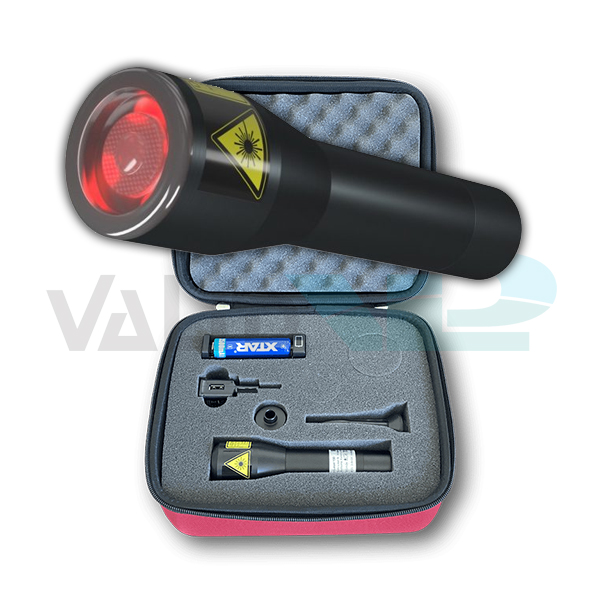Excellent Advice To Selecting Safe Laser Treatment
Wiki Article
What Are The Advantages Of Safe Low Level Laser Therapy For Injuries From Sports And Locomotor Pain?
Safe Laser low-level therapy (LLLT) (LLLT), which is a form of laser therapy, can be utilized to treat sports injuries and the discomfort of locomotion through a variety of mechanisms. This can relieve pain and inflammation associated with injuries.
Accelerated Tissue Regeneration LLLT stimulates cellular growth and metabolism leading to faster tissue growth and repair. It increases collagen synthesis, which is vital for the healing of injured tendons, ligaments and muscle.
Pain Relief LLLT modifies the perception of pain through nerve conduction. The body produces endorphins that relieve pain.
Improved Circulation - LLLT increases vasodilation, microcirculation and blood flow in the affected area. Improved blood flow delivers oxygen and nutrients to tissues to facilitate healing and speed recovery.
Muscle Relaxation - LLLT helps to ease muscle spasms by exchanging nitric dioxide that reduces tension in smooth muscles. This is beneficial for athletes suffering from muscle stiffness.
LLLT stimulates the regeneration of tissues and helps to reduce the growth of scar tissue. These can impede motion and can cause chronic discomfort if they are not treated properly.
Enhanced range of motion- LLLT is able to improve joint flexibility and increase mobility by decreasing the pain and inflammation. This allows for individuals to resume sports participation as well as normal activities quickly.
Overall, Low-Level Laser Therapy using Safe Laser is an non-invasive, drug-free way of managing sports injuries and pain in the locomotor area. This therapy promotes faster healing and better functional outcomes in individuals with musculoskeletal issues. Have a look at the top safe laser 500 ár for more tips including lágy lézer kezelés, orvosi lézer készülékek, lágylézer készülék bérlés, lézeres fájdalomcsillapítás, safe laser készülék, lézer bérlés, orvosi lágylézer, lágylézer ár, orvosi lágylézer, lézeres fájdalomcsillapítás and more.

What Can Low-Level Laser Therapy Help With Ear Problems (Lllt?)
Low-level laser therapy can be utilized to treat a range of ear disorders. LLLT helps reduce swelling and pain associated with conditions such otitis interna (inflammation to the outer ear).
LLLT aids in reducing pain in ear conditions like Otitis, earaches and otitis.
LLLT promotes tissue regeneration and repair by speeding up tissue healing. LLLT is effective in cases of eardrum inflammation or otitis perforations. It may help speed up tissue healing, decreasing the risk of complications and enhancing overall ear treatment.
Improved Blood Circulation- LLLT improves vasodilation and microcirculation, leading to increased circulation of blood to ear tissues. Improved circulation helps deliver nutrients and oxygen to the damaged or inflamed tissues. This helps to speed up healing.
Tinnitus management- LLLT treatment has been investigated as a possible solution to tinnitus. Tinnitus can be characterized by buzzing, ringing or humming sounds in the ear. Although it is not clear how LLLT is effective but it has been demonstrated to increase blood flow, decrease inflammation, and ease tinnitus.
LLLT is efficient in reducing earwax. By breaking down and softening earwax that has built up, it can be removed much more quickly and decrease the chance of infections. This may prove beneficial for people suffering from excess buildup of earwax or suffering from earwax blockage.
Overall, Safe Laser low-level laser therapy offers an uninvasive and drug-free solution to managing various ear problems, providing relief from symptoms such as pain, inflammation, and accumulation of earwax. Talk to an ENT (ear nose, ear, and throat) specialist to obtain a proper diagnosis of the problem and for recommendations on treatment. View the top rated lágylézer for blog info including lágylézer készülék, lágylézer vásárlás, lágylézer árak, lágylézer készülék, lágy lézer, lágy lézer vélemények, lágylézer hatása, lágylézeres készülék, lágy lézer kezelés, safe laser készülék and more.

How Long Will It Take Before A Laser Device Can Have An Effect On Wound Healing?
The efficacy of Safe Laser low-level laser therapy (LLLT) to heal wounds is contingent on factors such as the type and degree of the injury, the individual's general health and reaction to treatment. Typically, a sequence of LLLT over a specific period is suggested to ensure optimal wound recovery.
Type and Strength Of The Wound - The kind and severity of the injury can determine the amount of LLLT Sessions required. In certain instances smaller or less serious wounds require less LLLT sessions than larger or more severe wounds. Also, chronic wounds and injuries that are a result of medical conditions might require more sessions to heal effectively.
The number of LLLT sessions required is dependent on the stage at when the wound heals. Different phases of wound healing, including inflammation, proliferation, and remodelling, could require different treatment approaches. LLLT helps to promote tissue repair and regeneration throughout the various stages of wound healing.
Individual Response to Treatment Personal factors, such as health overall immune function, healing capabilities, can affect the way that a person responds to LLLT to treat wounds. Some people will respond quicker to treatment and show a faster healing of wounds, whereas others may need a longer course of treatment.
Treatment Protocol - The medical professional's treatment plan will affect the frequency and frequency of LLLT session for wound healing. Healthcare professionals will customize the treatment to suit every patient, and could schedule LLLT at least once a week, or at intervals.
While some patients may see improvements in wound healing following only a few LLLT sessions, others may require a longer-term treatment plan for optimal outcomes. If you're looking to fully reap the benefits of LLLT for wound healing, then it's vital that you follow the treatment prescribed by an expert. For the best treatment for your wound you should also communicate regularly with a healthcare professional.